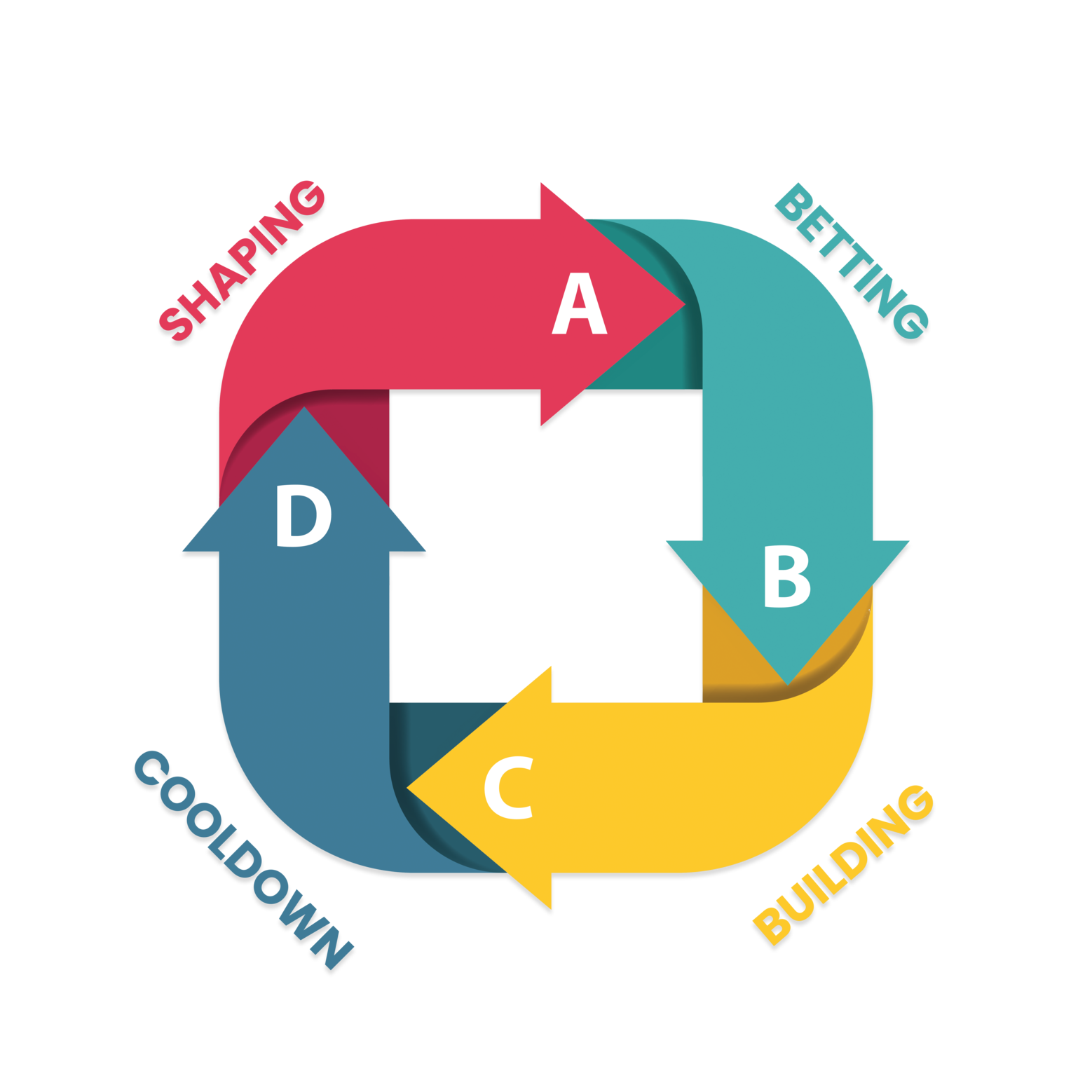Custom software development
Custom business software development lets you automate and scale your business processes without compromise.
A discovery phase will help you figure out what process you should tackle first. Then, soon after, it's time to start developing.
If you're thinking about having custom software developed or are planning to work with us — we wanted to give you an overview of what you can expect.
Here's a step-by-step breakdown of how TRIGO develops custom business software, how you will be involved in the process, and the deliverables you get. Because the more you know about the process of working with us, the more value you get out of your investment.
Introduction
The most common question we get when talking to new clients is: do you work in an agile way? And the answer is, yes, we do — but within a fixed framework.
Over the past 10 years, we've developed a tried and tested development process to ensure we can meet the set goals and timelines. Because if you don't set any type of goals or milestones, you're headed nowhere.
We've broken down this custom software development process into 4 phases; shaping, betting, building, and cooldown.
These phases don't stretch across the entire project's length but are repeated in a continuous loop. While a project can take anywhere up to 5 years, we run through this process every 2-6 weeks.
It's a process that is repeated time and time again — giving the necessary framework to keep the entire team in check while allowing space to course-correct along the way.

Shaping
Shaping is the process of brainstorming ideas and gathering information on what part of the software to develop first/next.
At the beginning of a new project, this is the first thing that happens after the discovery phase and starts before building the software. Once the project is ongoing, shaping continues parallel to building the software — this ensures that the project keeps its momentum.
| SHAPING STEP | WHAT TRIGO DELIVERS | HOW YOU'RE INVOLVED |
|---|---|---|
| Shaping kick-off: this is a meeting where everyone on the project discusses what part of the software to develop first/next. | Present at the meeting; gives technical input. | Present at the meeting; give input regarding company/industry/deadlines. |
| Pitch: a presentation and recommendation of what part of the software to develop next and why. | Presents the recommendation. | Give feedback. |
Bet
Betting is when we decide what to develop and what timeframe. This ensures everyone is on the same page and has a clear goal to work towards.
| BETTING STEP | WHAT TRIGO DELIVERS | HOW YOU'RE INVOLVED |
|---|---|---|
| Pitch review: where the pitch is discussed and questions are answered. | Present at the meeting; answer questions regarding pitch. | Present at the meeting; give input regarding pitch. |
| Bet: a timeframe of 2, 4 to 6 weeks, and a dedicated deliverable is set. | Presents the recommendation. | Approve timeframe and deliverable, aka bet. |
Build
Now it's time to roll up our sleeves and start building the software — this is when you as a client can relax a little more and let us do the heavy lifting. However, we always ensure to keep you in the loop with weekly release notes and demos for more complex software features.
When we are building software, we write code — once we deploy that code, you can see the changes live in the software. At TRIGO, we do this regularly, in hour or daily increments — because it lets us spot issues early on.
| BUILDING STEP | WHAT TRIGO DELIVERS | HOW YOU'RE INVOLVED |
|---|---|---|
| Team kick-off: this is where the TRIGO team gets together and figures out how they will split tasks etc. | Present at the meeting, assigns roles and sub-deliverables. | - |
| Weekly releases/demos: at TRIGO, we release software every week to ensure we spot issues early on. | Will build and continuously deploy new software. | Read release notes/watch videos to get an overview of what's going on. If needed, be present at the demo meeting. Give feedback if required. |
Cooldown
Now that the software has been developed - it's important to get some breathing space before working on the next thing. This phase of the process gives the entire team and you as a client time to fix any issues that might pop up with the software. During this phase, we are also working on our next bet.
| COOLDOWN STEP | WHAT TRIGO DELIVERS | HOW YOU'RE INVOLVED |
|---|---|---|
| Retrospective review: this is where the TRIGO team gets together and discusses what went well, not so well and how to improve. | Present at the meeting, assigns roles and sub-deliverables. | - |
| Bug fixes: at TRIGO, we release software every week to ensure we spot issues early on. | Continuous support and bug fixing. | Report any issues and/or give feedback on how the new software/features have been received within the company or by clients. |
The process starts all over again
This process of development is an ongoing loop, and as depicted in our visual, the phases overlap. It's a tried and tested process that helps us get to the finish line — on time, without developing for months or years on end and releasing software into the world at once (to only see things burn and crash a couple of hours later).
It lets us spot issues and get feedback throughout the process and ensure you end up with the best possible result. This should give you a great indication of how we work — no matter what phase we're in and just what you can expect when you contact TRIGO.